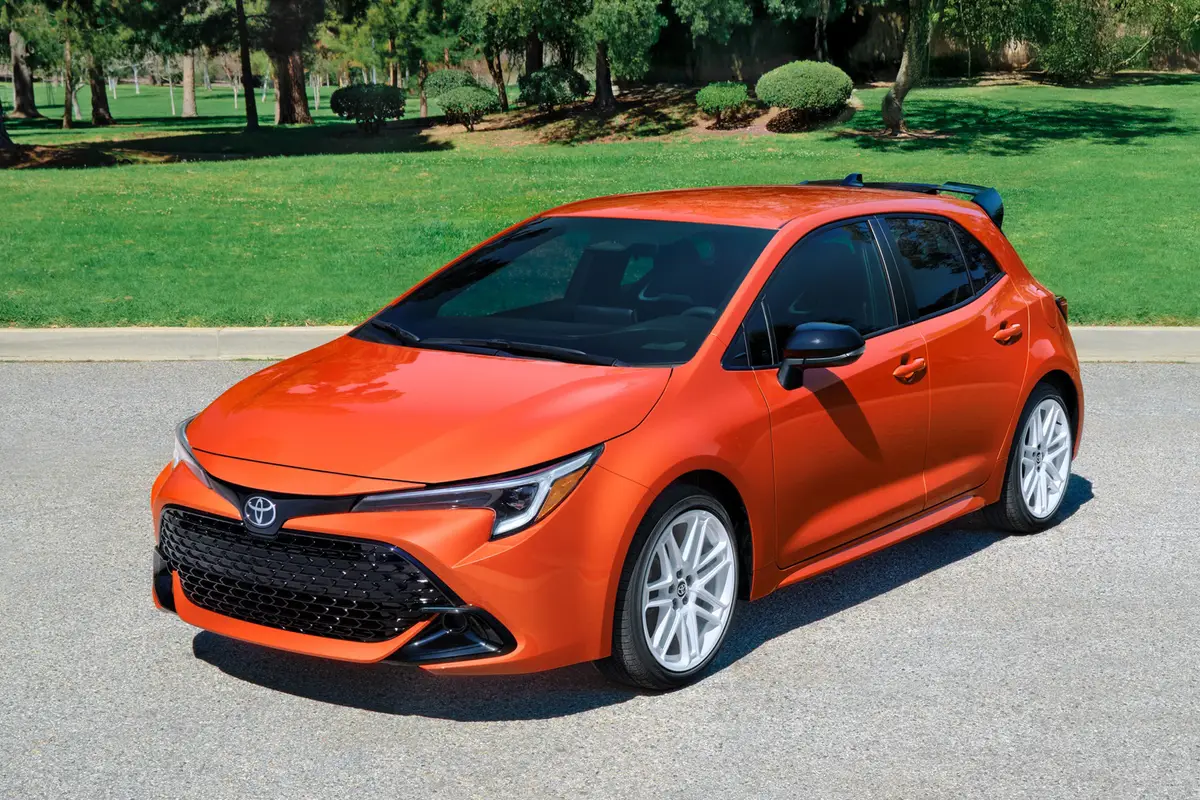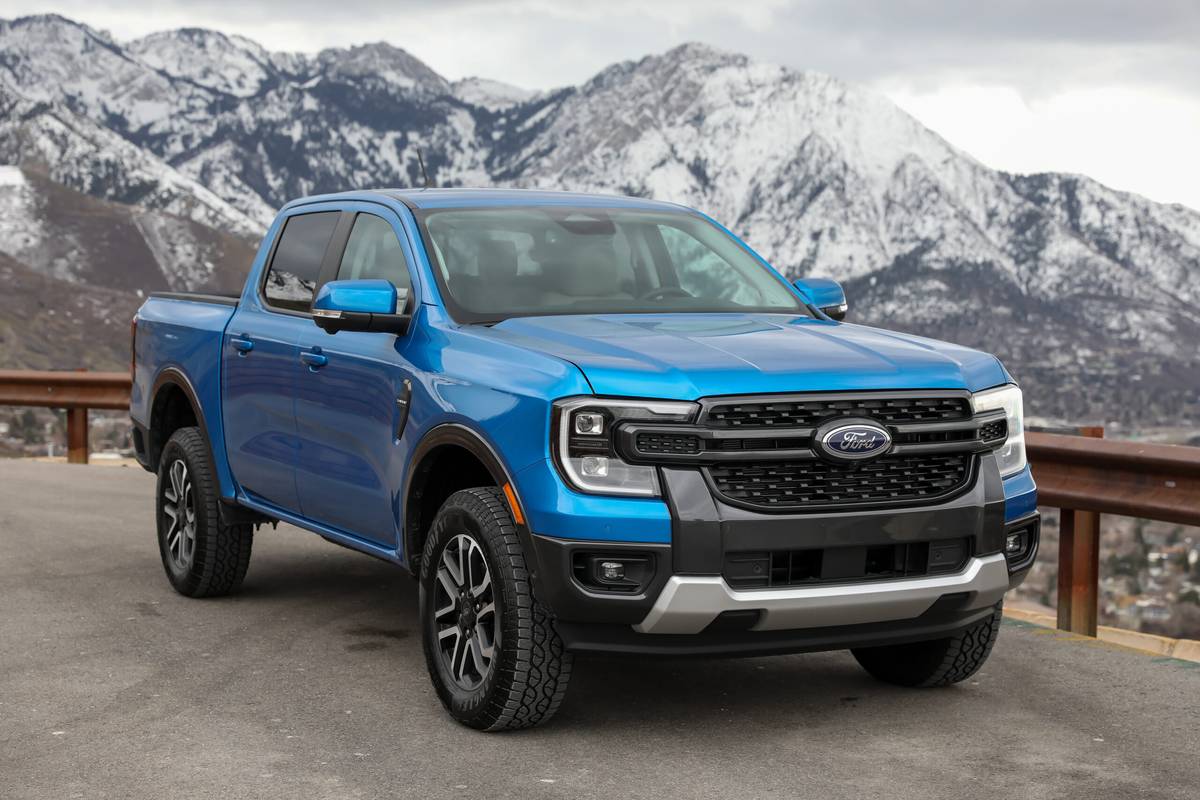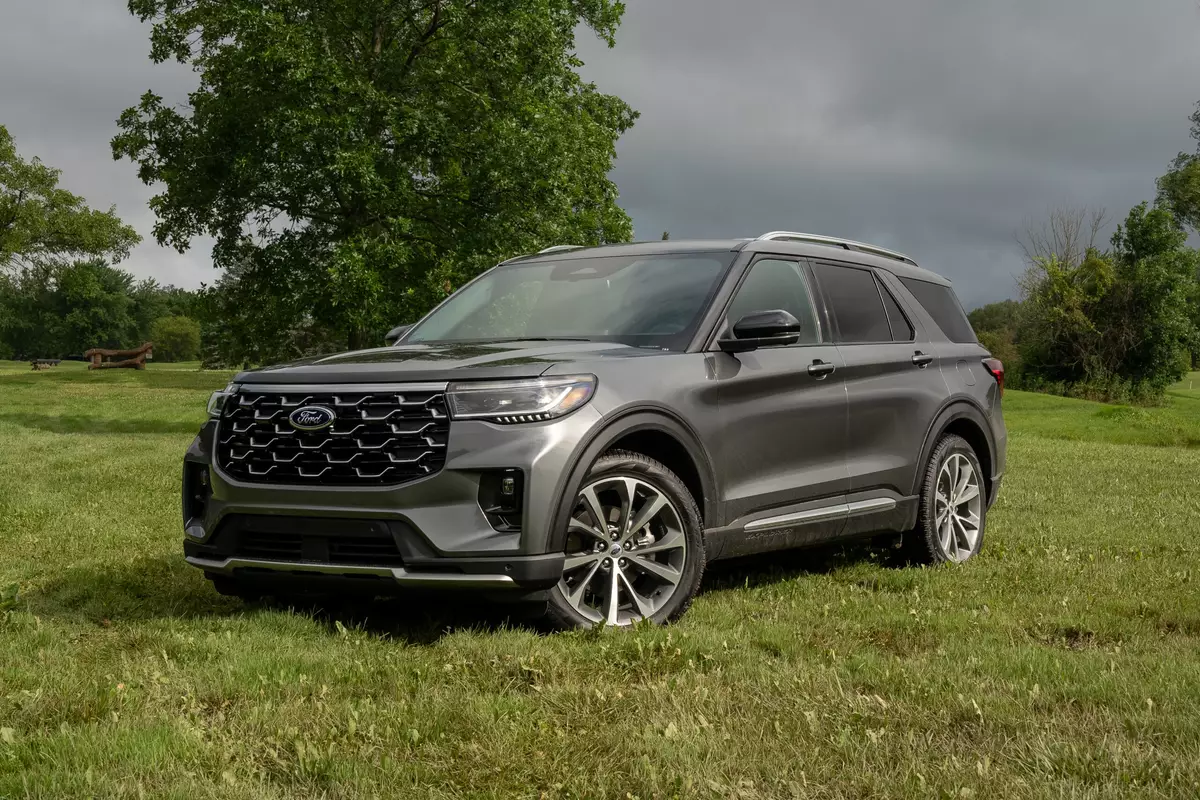IndyStar.com's view
Chrysler Corp. is on a roll.
It’s selling cars about as fast as it can make them. The stock dividend has been raised. And the corporation’s 1995 Chrysler Cirrus has just been named Motor Trend magazine’s Car Of The Year.
That’s a triumvirate worthy of considerable acclaim, and testimony that Chrysler must be doing something right.
That’s the case with its new Cirrus sport sedan, the first new Chrysler product to bear the brand’s badge.
That badge, which has the appearance of a seal and ribbon bearing the Chrysler name, represents a return to tradition. It appeared on the first Chrysler automobile in 1924, and served as the corporate symbol before being replaced by the Chrysler Pentastar in 1962.
‘If the Cirrus experiences the successes of corporate founder Walter P. Chrysler’s first and following series of motor cars, it can be awarded Success Story Of The Year.
The Cirrus has been designed to be an import fighter with a touch of class. Built in Sterling Heights, Mich., the sedan embraces Chrysler’s cabin-forward design, possesses advanced technology and on balance is a pretty slick-looking automobile.
“We’re selling them as fast as they come in,” said Kevin O’Brien, president of Tom O’Brien Chrysler-Plymouth-Jeep-Eagle. “Our customers are telling us this is what Chrysler has needed for some time.”
The new Cirrus is offered in LX and LXI form with curved aerodynamic exterior surfaces. There’s an abundance of interior room, and the mechanicals are state-of-the-art exotica.
That’s a package that brings the Car Of The Year award into focus, and one that will make an impact on the world automotive scene.
Cabin-forward architecture results in an aggressive styling theme that catches one’s attention, ready or not. The basis is moving the touchdown point of the windshield over the centerline of the front wheels, moving the wheels outward toward the four corners of the car, and lengthening the wheelbase while reducing body overhang.
While it’s one thing to give a sedan an aerodynamic profile, sometimes this cuts down interior space, but not in the Cirrus. There’s 95.9 cubic feet of interior space with ample leg, head and shoulder room front and back.
The sedan is a five-seater, with individual front seats divided by a console that retains the conventional mounting position for the automatic transmission shift lever. The instrumentation is pretty much state of the art and consists of speedometer, tachometer and temperature and fuel gauges.
Somehow, with an automatic transmission, I believe I’d swap the tach for an oil-pressure gauge. Admittedly, a tachometer has a lot more sex appeal, but only as long as there’s oil in the crankcase.
One of the more interesting side issues about the Cirrus is its embracement of environmental issues. An option called a “smoker’s package” is offered. It basically is a dealer-installed ashtray and cigarette lighter.
In body and chassis, the sedan has been given design parameters pursued by most manufacturers. The torsional rigidity has been increased 65 percent over the Chrysler LeBaron. A major innovation is a straight-through rail concept in which underbody structural rails are continuous, front to back.
This stiffness factor is a key ingredient in making the Cirrus’ SLA (short/long arm) suspension members function to their maximum efficiency. SLA is another design parameter being adopted by manufacturers, and provides a superior balance between handling stability and ride comfort.
An SLA system produces more negative wheel camber (leaning in at the bottom), and this improves cornering performance by keeping the tires on the outer perimeter of the curve more perpendicular to the road when the body rolls.
As expected in a Chrysler, an advanced overhead-cam V6 is standard. The motor is a 2.5-liter (152-cubic-inch) V6 featuring four valves per cylinder. The valves are actuated via forked rocker arms by a single overhead cam per bank of three cylinder s.
There’s plenty of power, 164 horsepower from 152 cubic inches. That’s well within the accepted performance criteria of one horsepower per cubic inch. As a successor to Chrysler’s 3.0-liter V6 in the LeBaron, new, better breathing cylinder heads and four valves per cylinder contribute to an increase of 22 horsepower.
Chrysler’s marketing demographics indicate Cirrus buyers will be young professionals in their formative family years, and in need of a sedan as they move out of specialty cars and subcompacts. The popularity of the car has the factory going flat out to meet demand.
“We’re able to fill orders,” O’Brien said. “Although sometimes we can’t get delivery on every order right away. But we’re working on it.”
1995 Chrysler Cirrus LXBase price: $17,435Type: Front-engine, front-drive, five-passenger, midsized sports sedanEngine: 2.5 liters, OHC V6, 24 valves, fuel-injected, 164 horsepower, 163 foot-pounds of torqueTransmission: Four-speed automaticMileage: 20 mpg city/28 mpg highwayWheelbase: 108.0 inchesLength: 186.0 inchesWidth: 71.0 inchesHeight: 54.1 inchesCurb weight: 3,145 poundsOptions: Premium AM/FM stereo ETR, 8-way power seat, child safety seat, theft alarm, smoker’s package, full-sized spare tire
Latest news



